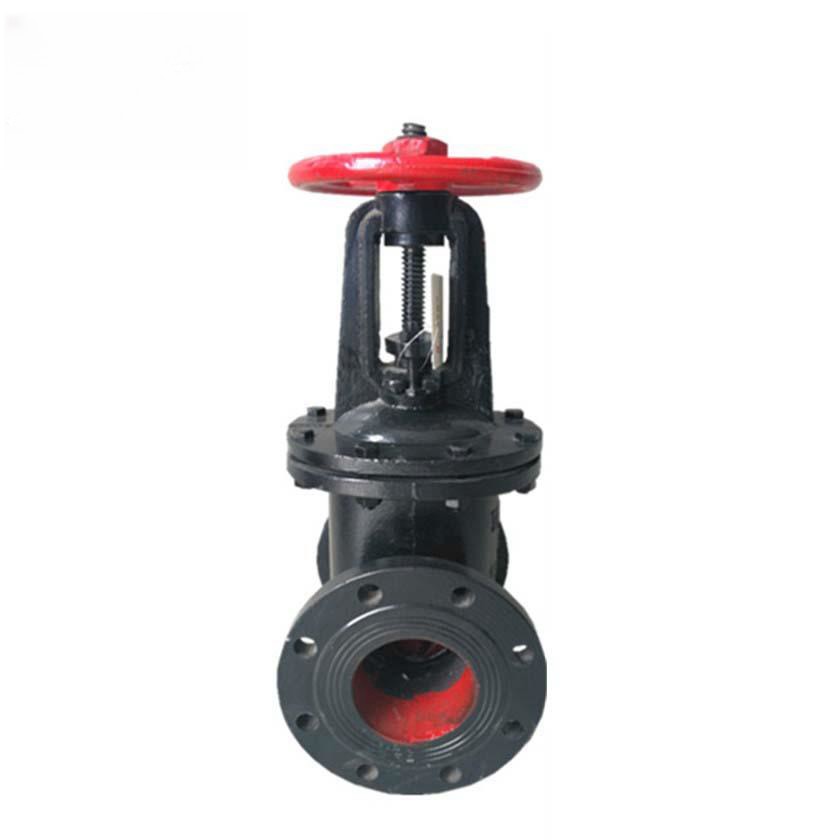lug butterfly valve dimensions
Understanding LUG Butterfly Valve Dimensions
Lug butterfly valves are essential components in various industrial applications, primarily for controlling the flow of fluids in pipelines. These valves are designed for ease of installation and maintenance, particularly in tight spaces. Their dimensions are critical for ensuring compatibility with existing systems, performance efficiency, and overall reliability. This article aims to provide an overview of lug butterfly valve dimensions while highlighting their importance in engineering and installation.
What is a Lug Butterfly Valve?
A lug butterfly valve features a disc that rotates on a shaft, with the shaft mounted in lugs or ‘ears’ that are integrated into the valve body. This design allows for quick and reliable shut-off, making it suitable for both on/off control and throttling applications. The lug design allows the valve to be mounted between two flanges and facilitates the use of bolts for attachment, providing better stability in various piping systems.
Key Dimensions of Lug Butterfly Valves
When selecting a lug butterfly valve, several key dimensions must be considered
1. Diameter (Size) The valve diameter matches the pipe size it is installed in. Common sizes range from 2 inches to 48 inches or more, depending on the application requirements. It’s vital to select a valve size compatible with the pipeline to ensure optimal flow and pressure.
2. Face-to-Face Dimension This dimension is critical for fitment and refers to the distance between the two mounting faces of the valve. Different standards (such as ANSI, DIN, and API) provide specific face-to-face dimensions that should be cross-referenced during installation.
lug butterfly valve dimensions

3. Thickness of the Valve Body The body thickness significantly influences the valve’s durability and pressure rating. Valves designed for high-pressure applications typically have thicker bodies, enhancing their ability to withstand extreme conditions.
4. Overall Height and Width These dimensions affect how much space the valve will occupy. When designing or retrofitting a pipeline system, ensure there’s adequate clearance around the valve. Additional space may be required for actuation mechanisms and maintenance access.
5. Weight The weight of the valve is also a consideration, especially if it will be suspended or supported within a piping system. Knowing the weight allows for proper support structures during installation.
Importance of Accurate Measurements
Inaccurate dimensions can lead to installation challenges, inefficiencies, and potential system failures. Proper measurement is essential not only for the valve itself but also for the surrounding installation. It’s advisable to consult detailed engineering guidelines and manufacturer specifications when selecting and installing lug butterfly valves.
Conclusion
Selecting the appropriate lug butterfly valve dimensions is a critical aspect of ensuring the smooth operation of fluid systems. By understanding key dimensions—such as diameter, face-to-face distance, body thickness, overall height, width, and weight—engineers and technicians can make informed choices that enhance system reliability and efficiency. Always refer to the manufacturer’s specifications and industry standards to achieve optimal results in your piping applications.
-
3-types-of-check-valves-maintenance-tipsNewsAug.23,2025
-
ball-valves-types-with-trunnion-mounted-designNewsAug.23,2025
-
butterfly-valve-company-production-capabilitiesNewsAug.23,2025
-
fisher-globe-valve-technical-specificationsNewsAug.23,2025
-
types-of-gaskets-for-flanges-selection-guideNewsAug.23,2025
-
wedge-gate-valve-suppliers-quality-standardsNewsAug.23,2025
-
Breakthrough in Domestic Low Temperature Valve Technology in ChinaNewsAug.18,2025




